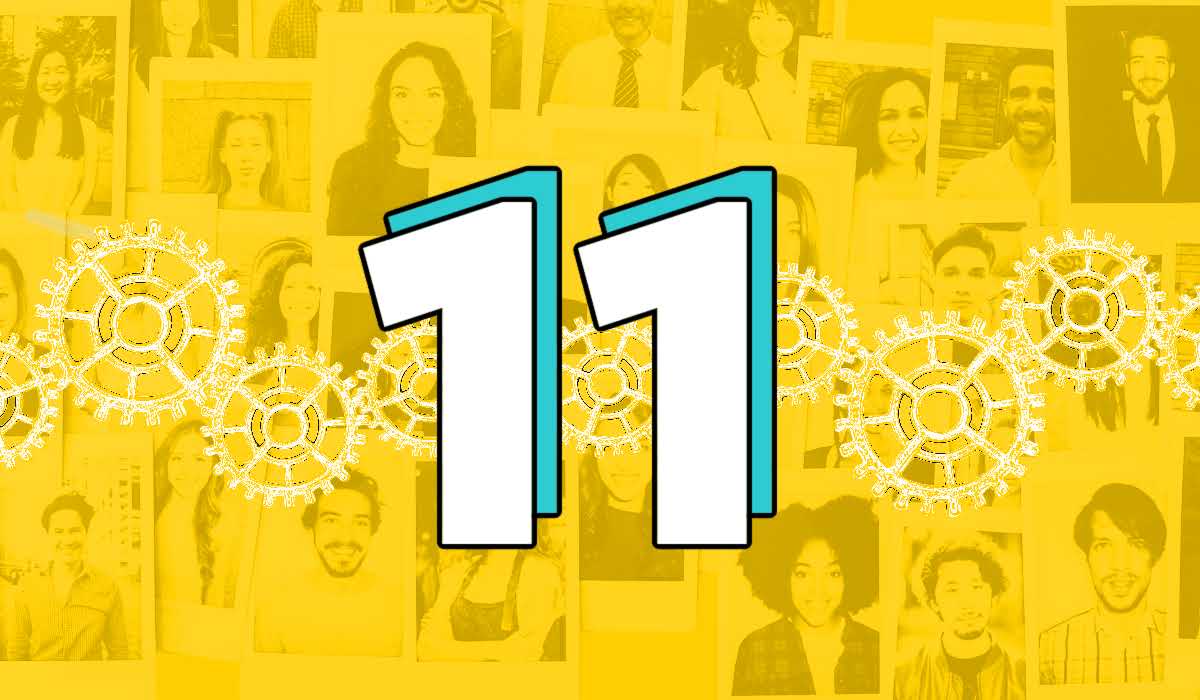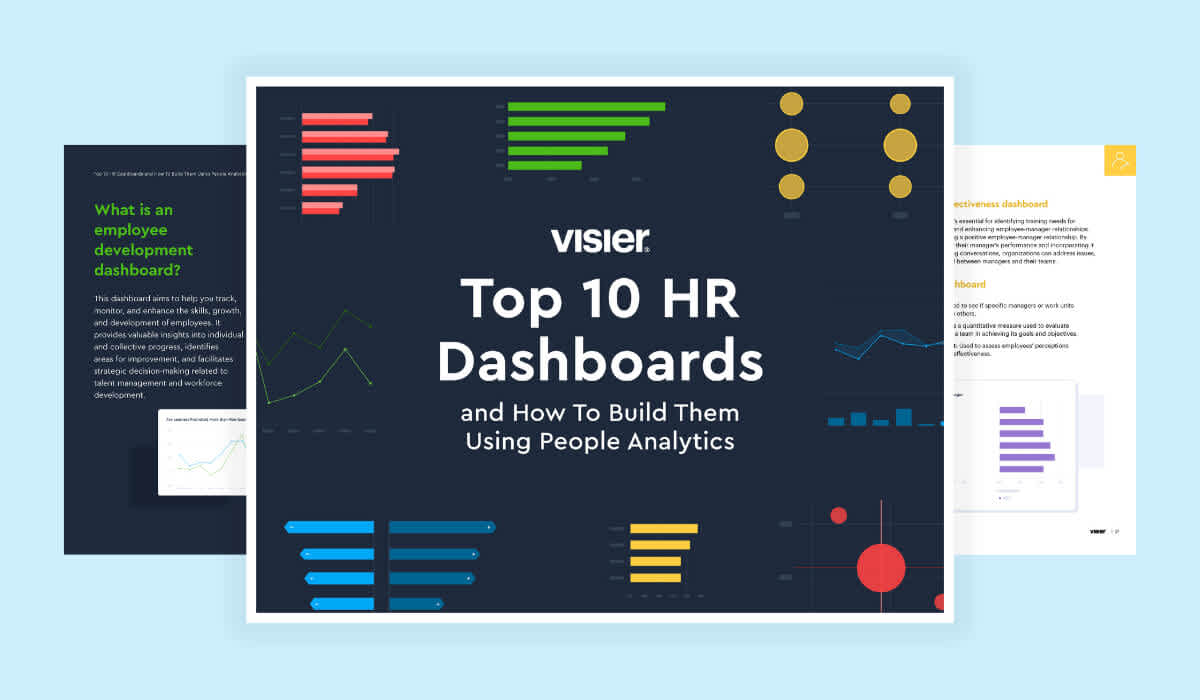11 Essential HR Functions and How They’re Evolving in 2024
HR functions stretch beyond traditional talent acquisition and employee management roles. Learn about 11 key HR functions for 2024 here.

HR plays many critical roles in your company. From acquiring new talent to ensuring employees are engaged and working well together, your human resource department is the piece that helps everything run smoothly. There are many HR functions, each with its own particular role, and each is essential for the well-functioning of your company. Here’s everything you need to know about them.
What is the role of HR in an organization?
HR functions span from talent acquisition to ensuring diversity and inclusion, organizing training in various departments, overseeing succession planning strategies, performance management, and more.
Often, HR is the piece that holds the puzzle together, ensuring that employees build positive relationships with one another and work well together. They know all the skills in the organization and can help people grow professionally while helping to reach company goals.
HR functions will continue to grow and evolve as the business, technological, and talent landscapes change. The introduction of AI tools, for instance, can remove many redundant tasks and give HR time to focus on more people-centric issues that drive HR and business impact.

11 must-have HR functions in every large organization
Many HR functions can exist in an organization. Some are must-haves, while others will depend on the company’s size and goals. Here are 11 HR functions that you should know about.
1. Talent acquisition and management
Talent acquisition and management is a foundational HR function, and is a must-have regardless of how big or small your company is. This function includes:
Recruiting candidates. This includes sourcing qualified candidates, shortlisting them, conducting interviews, and deciding which people you should move forward with.
Hiring and onboarding. HR’s role doesn’t end with the recruitment phase. They need to create the offer, explain the role and benefits to the new employees, and take them through the onboarding process.
Talent retention. Hiring new employees is one step, but retaining them is another critical one. Retention is not solely the responsibility of the HR department, but it plays a huge role in creating better retention strategies.
AI will likely take on some of the tedious tasks in the future. Creating onboarding manuals, for instance, or even the initial resume parsing phase could be automated soon. This will give HR more time to focus on improving talent acquisition or retention strategies to attract and keep more top performers.
2. Employee engagement and communication
Engagement is key to performance, productivity, and retention. Creating a two-way communication channel that employees can use to express their concerns leads to a transparent workplace where everyone feels seen and valued. This increases engagement and satisfaction, which, in turn, improves productivity and performance.
How can HR help?
Ask for feedback for both old and new initiatives
Recognize both team and individual achievements
Mediate conflicts when they arise
Communicate new policies and procedures to employees
3. Performance management
Performance management means maintaining and improving job performance. The first step is often a performance review. HR will need to look both at how teams are doing as a whole and at individual performance.
How they provide these reviews is critical. Constructive criticism is a must if you want to help your employees improve in the future.
Large organizations often rely on software for the review process. With the introduction of AI, we expect this trend will increase. This HR function won’t become obsolete, though. Clear, open, two-way communication is essential in constructive criticism.
While these tools will take a lot of the pressure off of HR employees, they will still have a critical role in performance management.
4. Total rewards
Another essential HR function is rewarding employees for their work. Compensation is critical to attracting and retaining top performers. HR will have to research the market and understand each position to offer the best compensation possible.
Total rewards aren’t just about the salary. They also include bonuses and other benefits. The benefits can vary from location to location and even from person to person. For instance, in the U.S. health insurance will often be part of the benefits package. In most EU countries, which have a large public health system, companies don’t need to offer this as an additional benefit.
HR will need to carefully analyze the market, potentially discuss with each candidate, and adjust the bonus system to ensure it is fit for each case.
5. Career and succession planning
Employees stay longer in companies where they have real growth opportunities. That’s why career and succession planning are essential HR functions. Through it, you can guide employees in their careers, helping them use all their skills, and even learn new ones.
This benefits both the employees and the company. Internal hiring and succession planning can help save costs and improve productivity, performance, and retention.

6. Learning and development
Learning and development is another essential HR function and often goes hand in hand with career planning. Helping employees upskill or reskill will not only benefit the individuals but the company as well. It helps it stay competitive and productive while attracting top talent.
When creating an L&D program, HR will need to consider market and individual needs. Most companies also have a set L&D budget, so HR will need to navigate that as well.
A critical part is creating programs that truly help employees. Making your civil engineer take a sales class will not help too much unless you know that employee wants to switch careers.
7. Workforce planning
Creating a great workforce requires more than hiring a handful of people. Workforce planning is about knowing what kind of people you need, what skills you currently have and don’t have, respectively, and anticipating what skills and people you’ll need in the future.
It requires careful planning and data analysis through tools like workforce analytics or predictive HR analytics. These will give you an in-depth look at your current and future workforce needs, helping you make data-informed decisions in all your processes.
8. Core HR (Administrative)
Administrative tasks are often tedious and repetitive but a necessity in any HR department. They include Human Resource Information Systems (HRIS) management and personnel procedures.
HRIS systems are used to collect, manage, store, and process an organization’s employee information, and are important tools for employee data management. HR is often responsible for overseeing the implementation, maintenance, and optimization of HRIS software within the organization.
Personnel procedures include things like handling promotions, employee requests like time off, sick leave, relocations, and more. They also come into play in case of issues like harassment and bullying where prompt HR intervention is a must.
Personnel procedures can be partly automated, but due to their sensitive nature, most will still require human intervention. For instance, you may be able to use an automation tool to take PTO requests, but the ultimate decision should be made by a human.
9. Risk, legal, and compliance
There are a number of legal and regulatory measures that HR must be aware of and comply with. From adhering to various labor laws to protecting employee data, HR has a critical role to play. Insufficient record retention, outdated law posters, or failing to protect employee information are other risks HR needs to help mitigate. Best practices to avoid legal or compliance issues include:
Staying up-to-date with local labor laws
Collecting only strictly necessary employee data
Keeping records as long as legally required.
In some cases, HR will need to collaborate with other departments to ensure compliance with privacy and similar regulations.
10. Function evaluation
Function evaluation in HR is a technical role that compares different aspects of HR operations, like job location, working hours, employee availability, and job duties. The goal is to ensure consistent rewards for similar jobs.
HR employs various evaluation methods. Ranking methods assess each job's contribution to the organization, while classification methods categorize jobs based on factors like education or experience.
Regardless of the method used, this HR function ensures fairness and equity among similar positions, fostering transparency, engagement, and productivity.
11. Health and safety
Last, but not least, HR needs to keep an eye on health and safety policies. These will differ from industry to industry or even department to department. In construction, for instance, you’ll need to instruct employees on the use of safety equipment and other must-dos to avoid accidents. This will usually be done during onboarding, though sending periodical reminders may also be appropriate in some cases.
How to make sure your HR functions work together
HR may need to play several roles to ensure the company is operating efficiently and effectively. As different as these roles may look, you should also view them as part of a whole. When HR functions work in sync, the employees can thrive, perform their best, and help the company reach its goals.
To make sure they work well together, establish clear goals and encourage open communication. Define roles and responsibilities and promote a culture of collaboration where everyone feels valued and seen.
Don’t be afraid to use technology. It doesn’t mean you’re replacing your HR functions with an AI. Instead, you’re helping them work through difficult, repetitive tasks quicker, so that they can focus on important, people-centric tasks, and make more data-informed decisions.
Organizations with strong HR functions that use people analytics can make strategic decisions based on data that drive HR and business impact. Explore The Visier Path, a guide that outlines exactly which people analytics activities and HR functions are required to achieve an organization’s key strategic priorities.
On the Outsmart blog, we write about workforce-related topics like what makes a good manager, how to reduce employee turnover, and reskilling employees. We also report on trending topics like ESG and EU CSRD requirements and preparing for a recession, and advise on HR best practices like how to create a strategic compensation strategy, metrics every CHRO should track, and connecting people data to business data. But if you really want to know the bread and butter of Visier, read our post about the benefits of people analytics.



